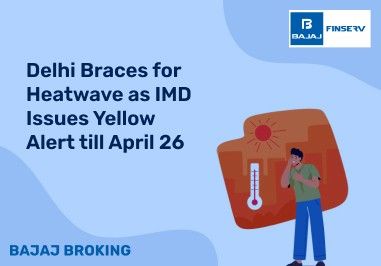Overview of Trading Profit & Loss Report
When you invest your money in stocks it is obvious that you would want to know the potential returns. This is where the trading P & L report comes into the picture. It provides you with a summary of the profits incurred and losses suffered by you in a financial year. The report helps you understand your investment strategies better thus enabling you to easily mould your decisions.
Components of a Trading Profit & Loss Report
Let’s take a look at the components of a trading P & L report:
Analysing Gross and Net Profit
Gross and net profits are two critical components of understanding the profit and loss of your trading decisions. Let’s take a quick look at what is gross and net profit:
Impact of Commissions and Fees
Investing in the stock market comes with multiple types of commissions and fees that can eat away your profit to a large extent. What makes it frustrating is that there isn’t a universal rule for charging commissions and fees as it depends on the broker, types of security you are trading with and applicable taxes at that time.
While commissions and fees are integral to trading, here’s how you can reduce the overall cost of trading:
Choose a trading platform that offers discounted rates.
Don’t overlook processing fees and transaction costs.
Trade with securities that offer tax exemptions.
Rely on automated investments as they often charge lower fees.
Tax Implications on Trading Profits
Another aspect of trading that cuts down the trading profit is the tax implication. Here’s how you are liable to pay taxes on your trading profits:
Evaluating Performance Metrics
Measuring your performance as an investor or trader is a key factor for moulding future decisions. But how to do it? Should you rely solely on returns?
Let’s take a look at the key components to evaluate your performance:
Did You Know? Jack L. Treynor was the pioneer in developing a universal method for evaluating investor performance metrics. He introduced the concept of a security line, which illustrates the relationship between portfolio returns and market returns.
Strategies for Maximising Trading Profits
It is a common saying that to become a successful trader, around 50% to 60% of your trading should bring profit. While this might appear daunting with a few tips and strategies you can maximise your trading profits:
The only reliable way of trading in the stock market is by reading the market trends, charts, company’s financial performance, latest news and key events in the country that can impact the stock market.
Penny stocks are alluring but are not ideal for your trading base. These stocks keep you busy unnecessarily and often do not offer promising returns.
The stock market is a place featuring several flashy opportunities that can get you to make emotional decisions but the goal is to stick with the plan. Make a list of stocks you are interested in and stick to them.
Common Pitfalls in Trading Profit & Loss Analysis
Trading profit and loss reports benefit investors by providing a summary of their performance in the financial year. However, there are common mistakes that investors make while analysing trading P & L.
Here’s what you must avoid:
A profit and loss report must showcase your current financial standing as an investor which is not possible if you fail to update the report monthly, quarterly or annually.
Accruals are the expenses that have been incurred but are yet to be paid for and prepaid expenses are the ones that have been paid for but await delivery. These two expenses must not be overlooked in the trading P&L report.
Investing in the stock market comes with several charges like processing fees, transaction costs, maintaining the trading and demat account cost and tax deductions that can not be avoided while analysing trading P & L as they make for a rather big amount once accumulated.
Also Read : How to Calculate Profit and Loss in Option Trading
Conclusion
Trading profit and loss report is an important statement showcasing the fruits of the trading decisions you have made in the last financial year. Analysing the report diligently can help you develop a reliable trading strategy to maximise profits and avoid decisions that bring you losses.
Before you leave, remember that performing due diligence is the key to becoming a successful trader.
Disclaimer: Investments in the securities market are subject to market risk, read all related documents carefully before investing.
This content is for educational purposes only. Securities quoted are exemplary and not recommendatory.
For All Disclaimers Click Here: https://bit.ly/3Tcsfuc













